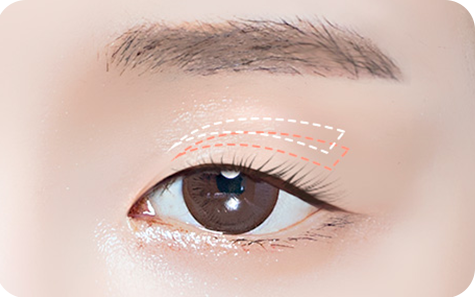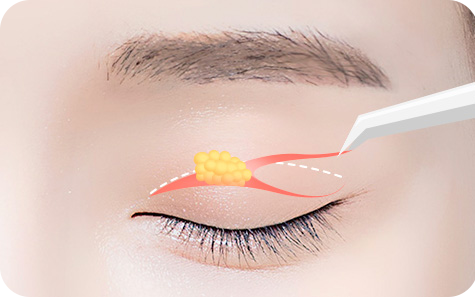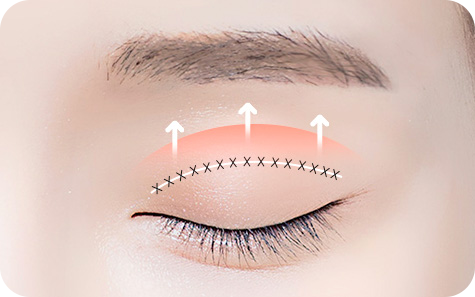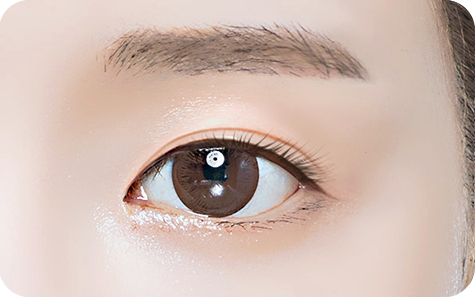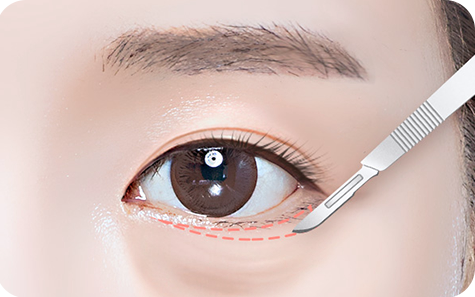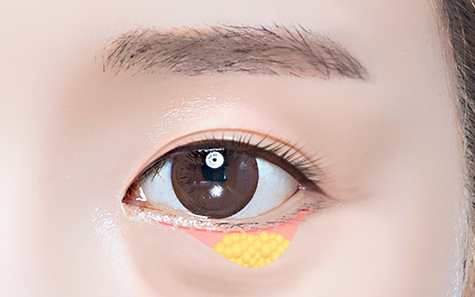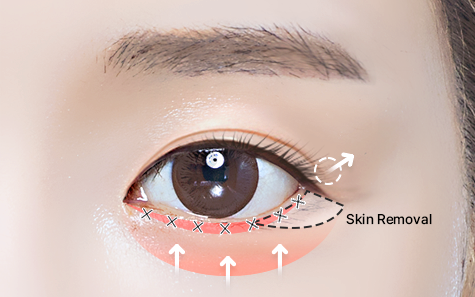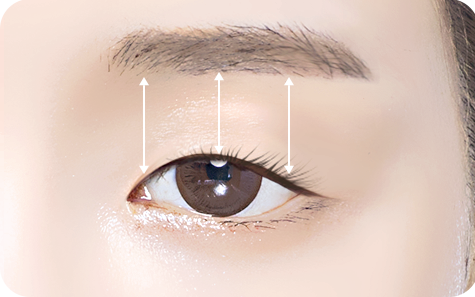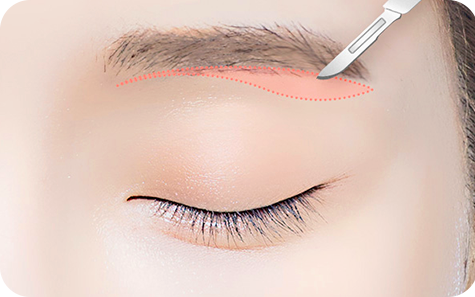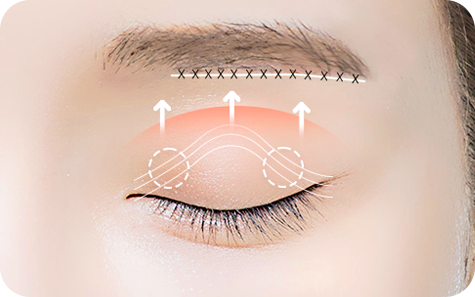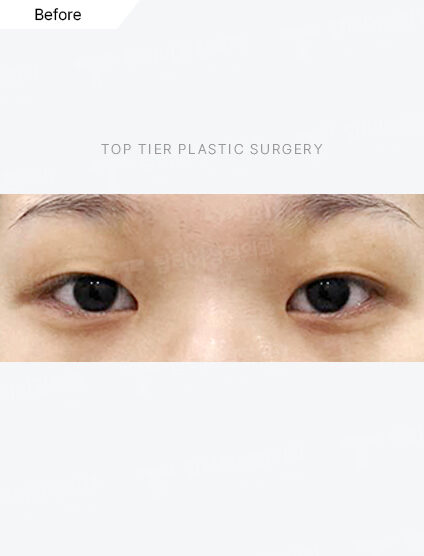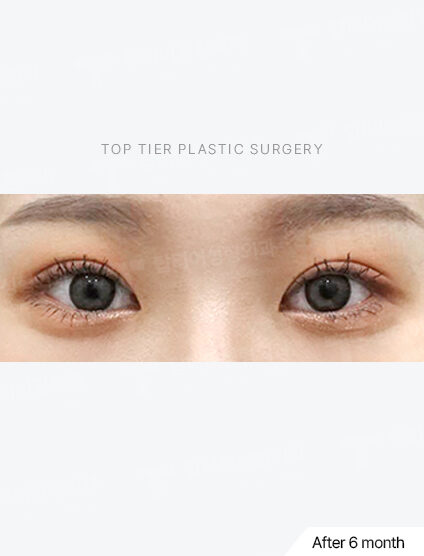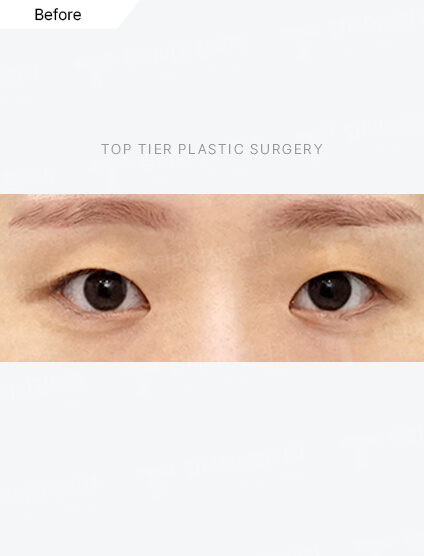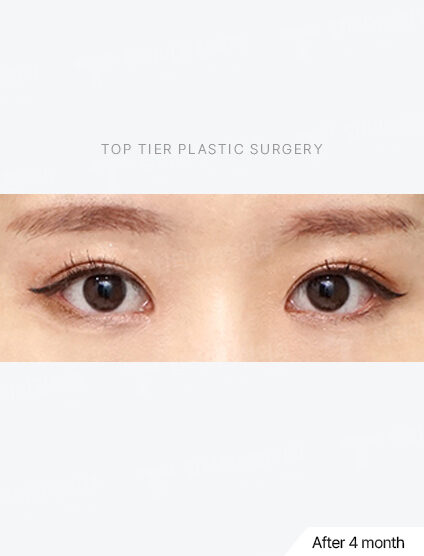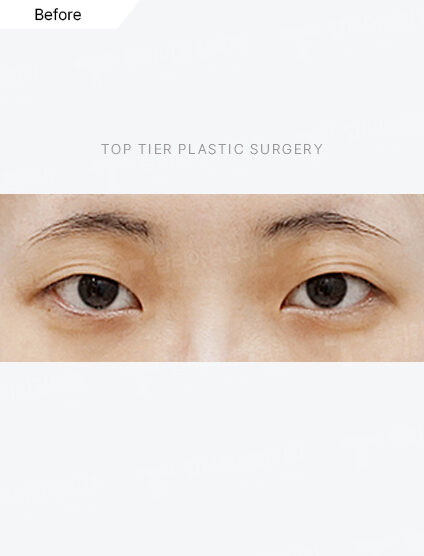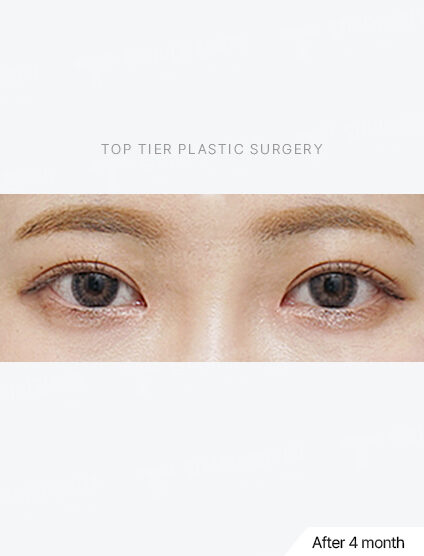Lift and Refine Drooping Eyes for a Clearer, More Defined Look!

Enhance Your Eyes by Reducing the Eyelid Droop Caused by Aging
TOP TIER Eyelid Surgery For the Middle-Aged
As we age, our upper eyelids can sag, blocking our vision and causing discomfort and eye irritation.
TOP TIER Eyelid Surgery for the Middle-Aged removes the excess skin, giving you a clearer, more refreshed eye shape while improving your eye health.
- #YouthfulAndLivelyEyes
- #SmoothesWrinkles
- #SharperEyes


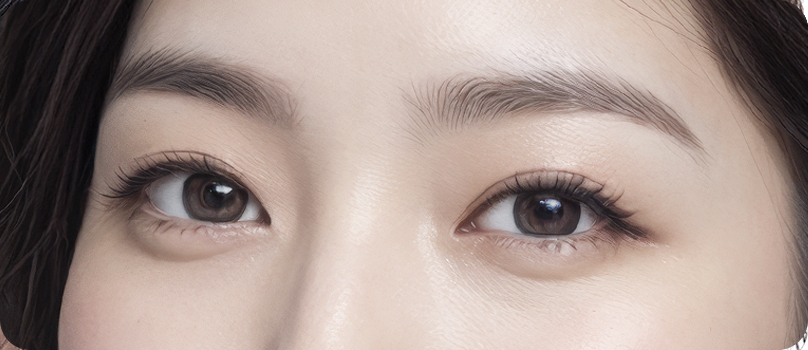
SURGERY INFORMATION
Procedure Time
Less than 1 hour
Anesthesia
Sedation or local anesthesia
Hospitalization
Not required
Stitch Removal
1 week after surgery
Recovery Time
1 to 2 weeks for normal daily activities
Procedure Time
Less than 1 hour
Anesthesia
Sedation or local anesthesia
Hospitalization
Not required
Stitch Removal
1 week after surgery
Recovery Time
1 to 2 weeks for normal daily activities
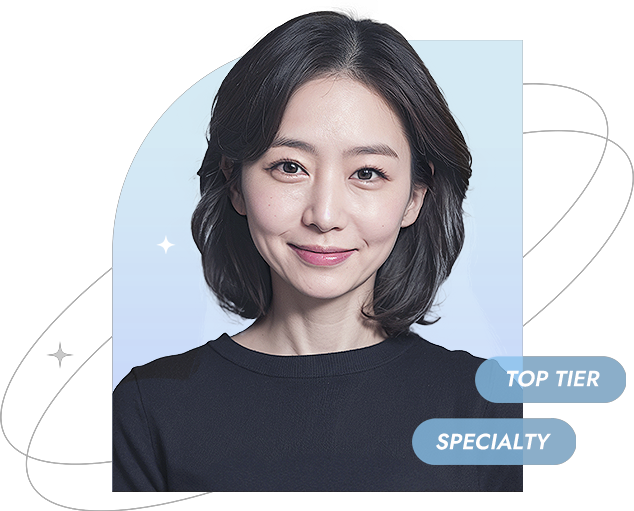
TOP TIER
TOP TIER Upper Eyelid Surgery
for Different Aging and Drooping Patterns
Bring Firmness and Vitality Back to Your Eyes
As we age, the skin around our eyes loses elasticity, causing sagging that can block our vision and lead to irritation. TOP TIER Upper Eyelid Surgery for the Middle-Aged addresses these issues by carefully assessing the condition of your eyelid skin, its elasticity, and your unique eye shape.
POINT 01
Lift drooping eyelids for a more youthful, vibrant look
TOP TIER Upper Eyelid Surgery Highlights
TOP TIER POINT 01
Aging can cause the inner and outer corners of the eyes, and even the entire eyelid, to sag, resulting in a triangular shape.
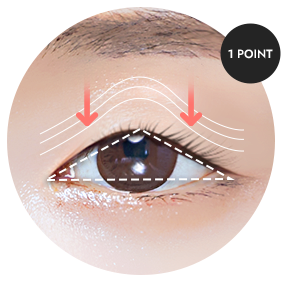
TOP TIER POINT 02
After carefully removing excess skin and fat, the muscles are tightened to create clear, well-defined eyes.
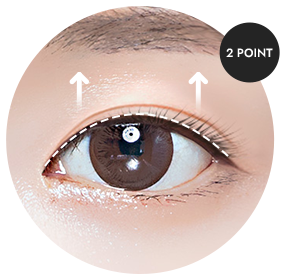
POINT 01
Lift drooping eyelids for a more youthful, vibrant look
TOP TIER Upper Eyelid Surgery Highlights
POINT 02
Traditional Upper Eyelid Surgery vs. TOP TIER Upper Eyelid Surgery
TOP TIER’s Distinctive Upper Eyelid Surgery
|
Traditional Upper Eyelid Surgery |
VS |
TOP TIER Upper Eyelid Surgery |
| Only removes excess, sagging skin | Removes excess skin while strengthening the muscles that help lift the eyelids |
|
| Thickening double eyelid lines | Double Eyelid Lines | Natural double eyelid lines |
| Often leads to a tense, “angry” look due to too much skin removed |
Eye Shape | Creates a natural, smooth double eyelid line by addressing the root cause of sagging skin |
| Higher recurrence rate since the muscle involved is not corrected |
Recurrence | Lower recurrence rate since the muscle involved is strengthened |
TOP TIER Upper Eyelid Surgery Process
TOP TIER’s Recommended Candidates
Is Upper Eyelid Surgery Right For You?
- The skin around the eyes is severely sagging.
- Drooping eyelids are causing discomfort or irritation.
- Sagging eyelids are blocking your vision.
- Your double eyelids have become uneven or faded due to sagging skin.
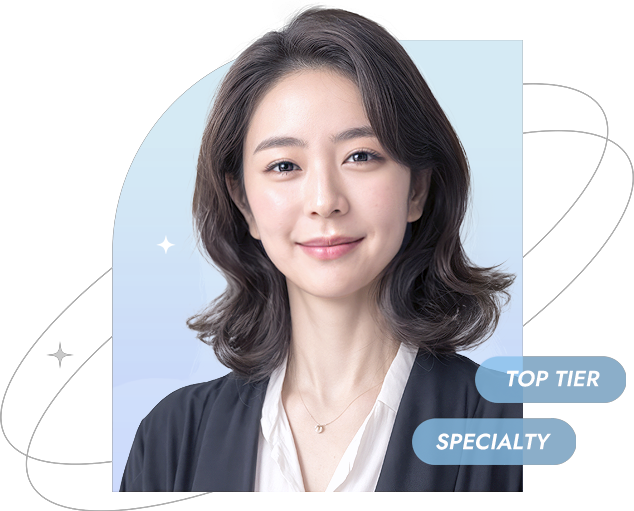
TOP TIER
TOP TIER Lower Eyelid Surgery
for Different Aging and Drooping Patterns
Brighten and Revitalize Puffy Under-Eyes
As we age, the loss of skin elasticity can cause the skin around the eyes to sag, leading to vision obstruction and irritation. TOP TIER Upper Eyelid Surgery for the Middle-Aged addresses these issues by carefully assessing the condition of your eyelid skin, its elasticity, and your unique eye shape.
POINT 01
Rejuvenate Sagging, Puffy Skin for a Firmer, Brighter Eye Area
TOP TIER Lower Eyelid Surgery Highlights
TOP TIER POINT 01
As we age, the skin under the eyes can sag and become puffy, giving a tired and droopy appearance
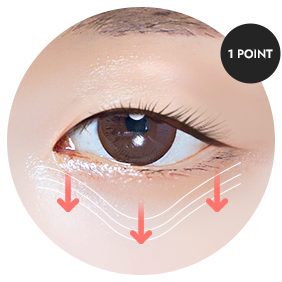
TOP TIER POINT 02
After carefully removing excess skin and fat, the muscles are tightened to create a youthful, firmer eye area.
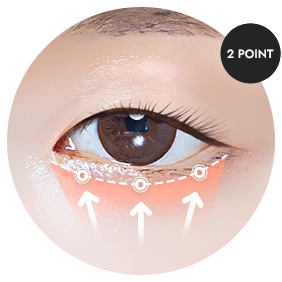
POINT 01
Rejuvenate Sagging, Puffy Skin for a Firmer, Brighter Eye Area
TOP TIER Lower Eyelid Surgery Highlights
POINT 02
Traditional Lower Eyelid Surgery vs. TOP TIER Lower Eyelid Surgery!
TOP TIER’s Distinctive Lower Eyelid Surgery
|
Traditional Lower Eyelid Surgery |
VS |
TOP TIER Lower Eyelid Surgery |
| 20 to 30s | Age Range | 40s and 50s or older |
| Inner eyelid conjunctiva | Incision Area | Under the eyes |
| Excess fat is removed, then repositioned in the necessary areas |
Process | Excess fat is removed while cutting and lifting sagging skin |
| Brightens under-eye circles | Benefits | Corrects sagging tear troughs and tightens the under-eye skin for a smoother, firmer appearance |
TOP TIER Lower Eyelid Surgery Process
TOP TIER’s Recommended Candidates
Is Lower Eyelid Surgery Right For You?
- Sagging under-eye skin makes you look older.
- Protruding under-eye fat makes you look tired or frustrated.
- Your under-eye skin lacks elasticity, causing wrinkles.
- Under-eye fat is causing dark circles.
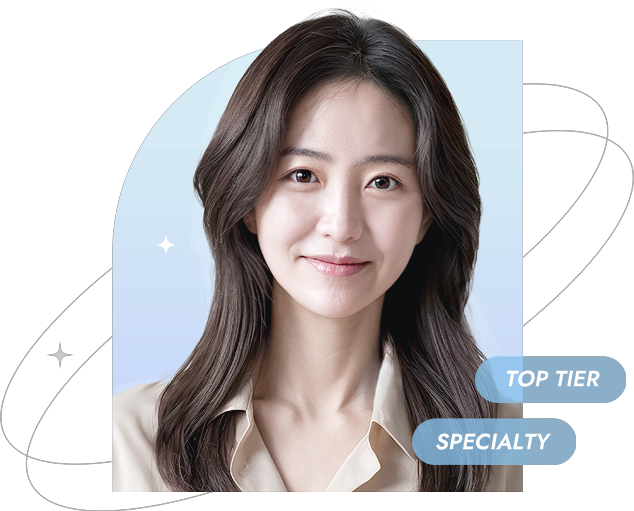
TOP TIER
TOP TIER Eyebrow Lift
for Different Aging and Drooping Patterns
Reduce Wrinkles and Lift the Skin for a Firm, Youthful Look
As we age, sagging eyelids and a wider space between the eyes and eyebrows can block your vision and cause irritation. TOP TIER Upper Eyelid Surgery for the Middle-Aged addresses these issues by carefully assessing the condition of your eyelid skin, its elasticity, and your unique eye shape.
POINT 01
Smoothly and Naturally Lifted for a Firm, Youthful Look
TOP TIER Eyebrow Lift Highlights
TOP TIER POINT 01
Aging can cause the inner and outer corners of the eyes, and even the entire eyelid, to sag, resulting in a triangular shape.

TOP TIER POINT 02
After making an incision below the eyebrow, we tighten and secure the underlying muscles, lifting the skin to restore elasticity around the eye area
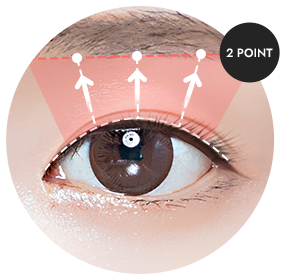
POINT 01
Smoothly and Naturally Lifted for a Firm, Youthful Look
TOP TIER Eyebrow Lift Highlights
POINT 02
Minimal Incision Right Under the Eyebrows
Natural Eye-Area Lifting Effect


* Here’s the scar progression from an actual TOP TIER eyebrow lift patient.
TOP TIER Eyebrow Lift Process
TOP TIER’s Recommended Candidates
Is Eyebrow Lift Right For You?
- Your eyelids are sagging and the distance between your eyes and eyebrows is wide.
- Drooping eyelids make you look tired.
- You want to maintain your existing double eyelids while reducing sagging.
- Sagging eyelids are blocking your vision.
BEFORE & AFTER
Please note that post-treatment issues, such as bleeding, infection, and inflammation, may vary among individual patients.
















































